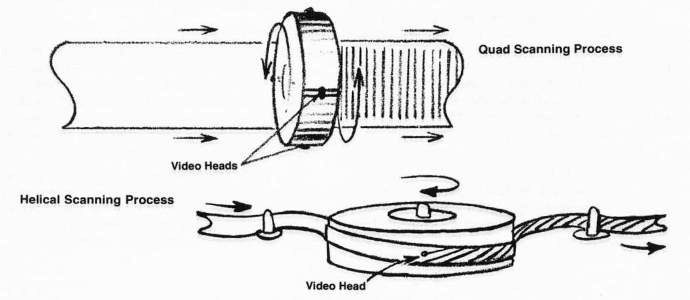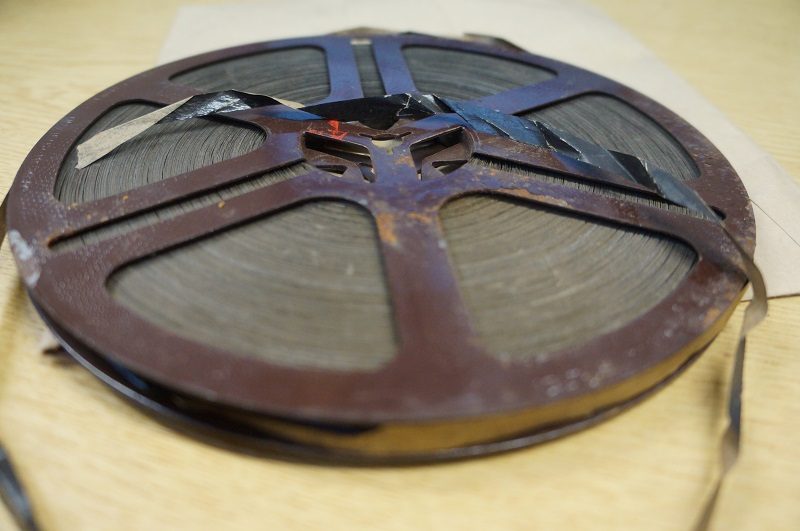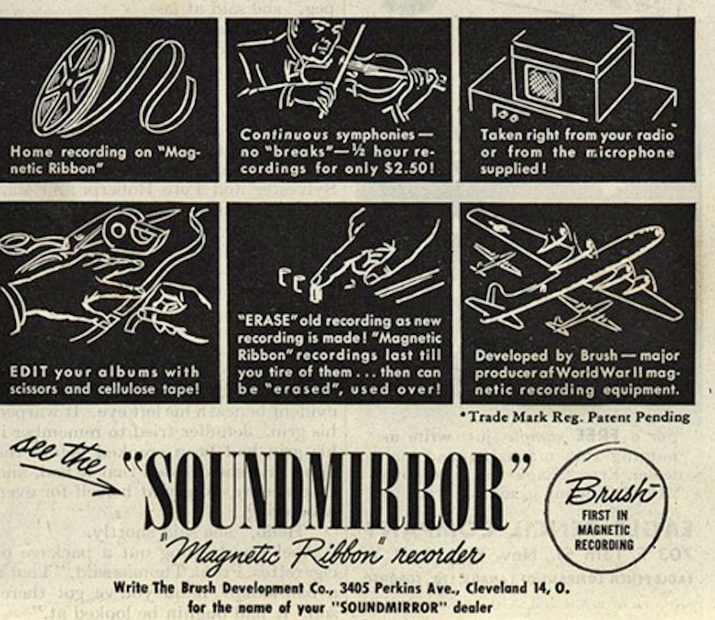We are pleased to announce that we are now able to support the transfer of 2″ Quadruplex Video Tape (PAL, SECAM & NTSC) to digital formats.

2” Quad was a popular broadcast analogue video tape format whose halcyon period ran from the late 1950s to the 1970s. The first quad video tape recorder made by AMPEX in 1956 cost a modest $45,000 (that’s $386,993.38 in today’s money).
2” Quad revolutionized TV broadcasting which previously had been reliant on film-based formats, known in the industry as ‘kinescope‘ recordings. Kinescope film required significant amounts of skilled labour as well as time to develop, and within the USA, which has six different time zones, it was difficult to transport the film in a timely fashion to ensure broadcasts were aired on schedule.
To counter these problems, broadcasters sought to develop magnetic recording methods, that had proved so successful for audio, for use in the television industry.
The first experiments directly adapted the longitudinal recording method used to record analogue audio. This however was not successful because video recordings require more bandwidth than audio. Recording a video signal with stationary tape heads (as they are in the longitudinal method), meant that the tape had to be recorded at a very high speed in order accommodate sufficient bandwidth to reproduce a good quality video image. A lot of tape was used!
Ampex, who at the time owned the trademark marketing name for ‘videotape’, then developed a method where the tape heads moved quickly across the tape, rather than the other way round. On the 2” quad machine, four magnetic record/reproduce heads are mounted on a headwheel spinning transversely (width-wise) across the tape, striking the tape at a 90° angle. The recording method was not without problems because, the Toshiba Science Museum write, it ‘combined the signal segments from these four heads into a single video image’ which meant that ‘some colour distortion arose from the characteristics of the individual heads, and joints were visible between signal segments.’

The limitations of Quadruplex recording influenced the development of the helical scan method, that was invented in Japan by Dr. Kenichi Sawazaki of the Mazda Research Laboratory, Toshiba, in 1954. Helical scanning records each segment of the signal as a diagonal stripe across the tape. ‘By forming a single diagonal, long track on two-inch-wide tape, it was possible to record a video signal on one tape using one head, with no joints’, resulting in a smoother signal. Helical scanning was later widely adopted as a recording method in broadcast and domestic markets due to its simplicity, flexibility, reliability and economical use of tape.
This brief history charting the development of 2″ Quad recording technologies reveals that efficiency and cost-effectiveness, alongside media quality, were key factors driving the innovation of video tape recording in the 1950s.



